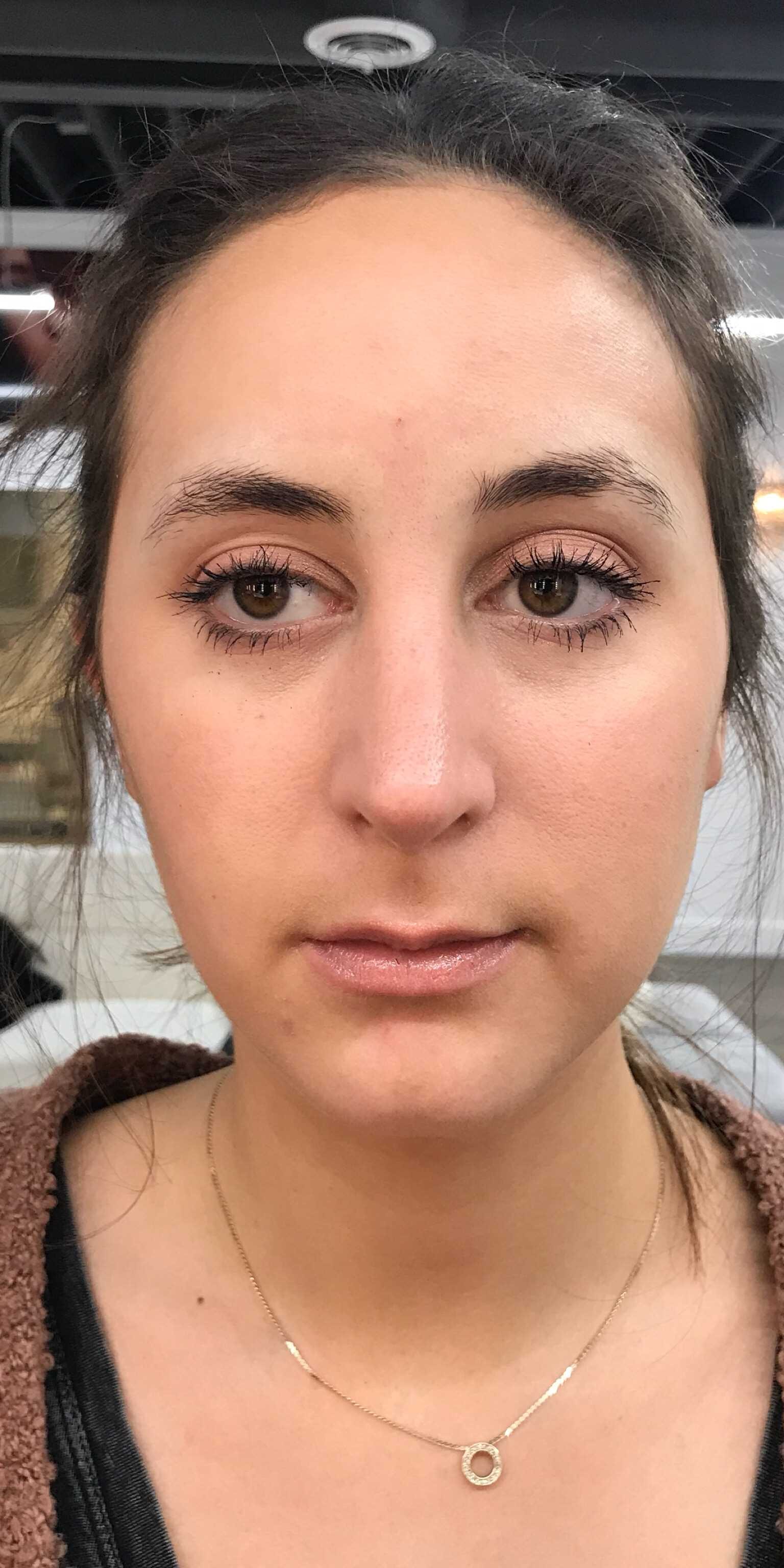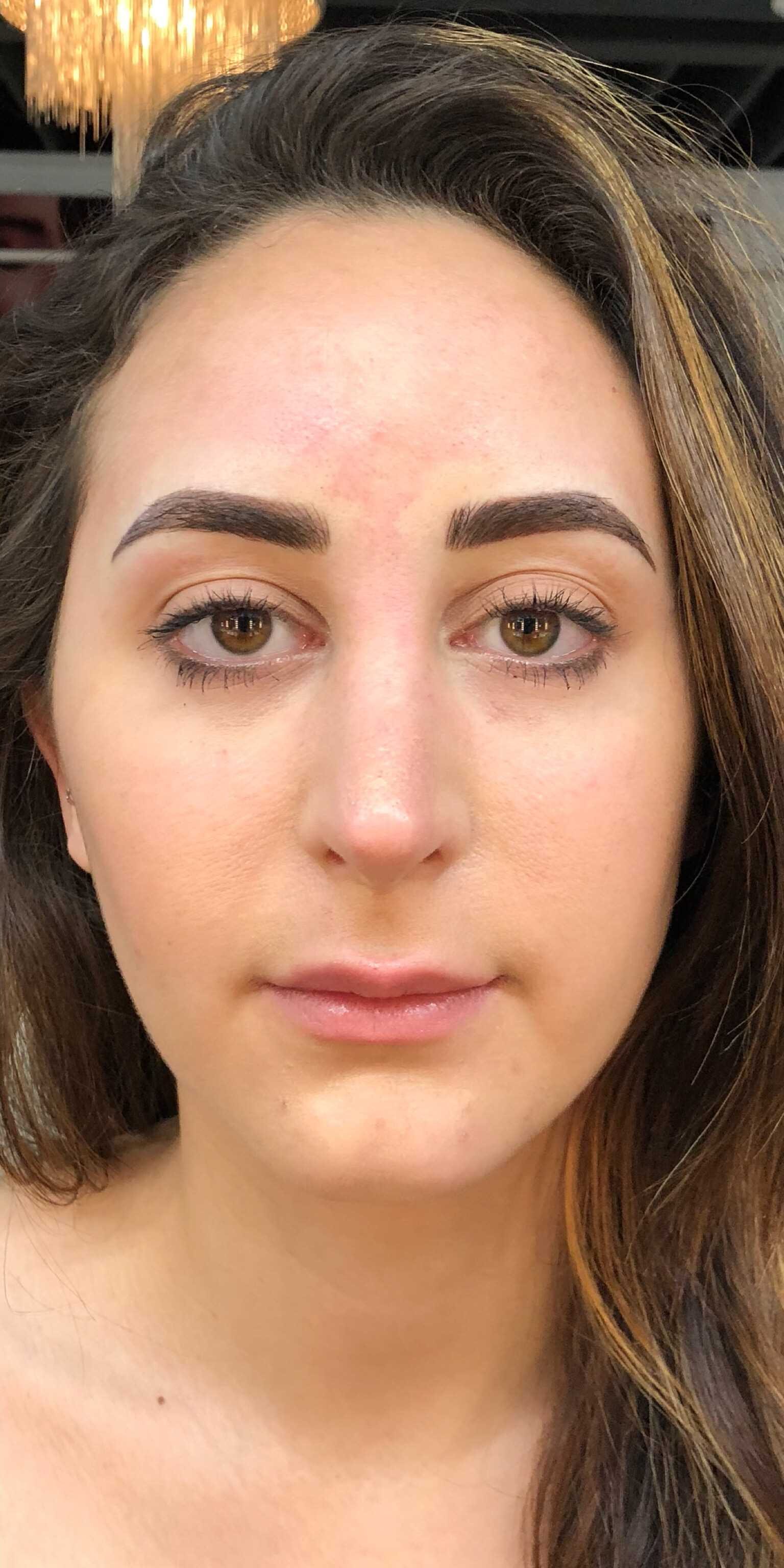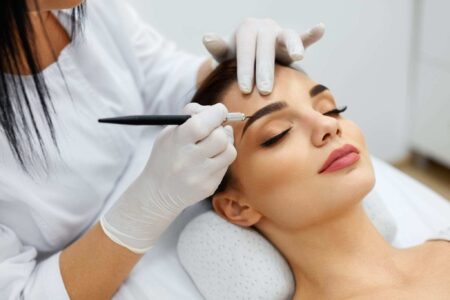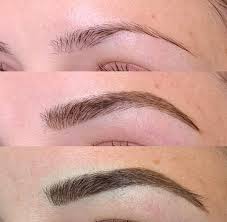Microblading: The Ultimate Guide to Semi-Permanent Eyebrows
What is Microblading?
Microblading is a semi-permanent cosmetic tattooing technique that enhances eyebrows by creating natural, hair-like strokes to add shape and fullness.
A trained artist uses a handheld tool with a cluster of fine needles to manually deposit pigment into the upper layer of the skin.
The Microblading Process
- Consultation: The technician discusses the client’s desired shape and color, assesses face shape, skin tone, and natural brow structure to design the perfect brows.
- Mapping: The artist measures and outlines the desired eyebrow shape, ensuring symmetry and proper placement.
- Numbing: A topical anesthetic is applied to minimize discomfort during the procedure.
- Creating Strokes: The artist uses the microblade tool to make fine, hair-like incisions and implant pigment into the skin.
- Touch-up: A follow-up appointment is typically scheduled 4 to 8 weeks after the initial session to perfect the shape and fill in any areas where pigment loss has occurred.
Microblading vs. Traditional Tattooing
- Technique: Microblading uses a manual, handheld tool to create fine, hair-like incisions, while traditional tattoos are done with a machine.
- Depth: Microblading pigment is deposited more superficially, allowing for softer, more natural results that fade over time.
- Longevity: Microblading is considered semi-permanent and typically lasts 12 to 30 months.
Who is a Good Candidate for Microblading?
- Sparse or Thin Eyebrows: Microblading can add definition, volume, or density to sparse or thin eyebrows.
- Uneven or Over-Plucked Brows: Microblading can correct uneven or over-plucked brows.
- Time-Saving: Microblading can save time on daily makeup application.
Potential Side Effects and Risks
- Infection: Poor hygiene practices or contaminated equipment can lead to bacterial or viral infections.
- Allergic Reaction: Some people may have an allergic reaction to the pigments used.
- Scarring: A technician applying too much pressure can cause scarring.
The Healing Process and Aftercare
- Timeline: The initial healing process typically takes 10 to 14 days, with full healing taking up to 30 days.
- What to Expect: Brows will appear significantly darker and bolder than the final result, and the area may be tender and swollen.
- Aftercare Instructions: Keep the brows dry for the first 7 to 10 days, avoid makeup on the brow area for at least one week, and avoid direct sun exposure.
How it Works
Consultation and mapping
The technician consults with you to discuss your desired shape and color. They then use specialized tools to measure and draw an outline of your new brow shape, ensuring it complements your facial features. You must approve the design before the procedure begins.
Numbing
A topical numbing cream is applied to the brow area to minimize any potential discomfort. The cream is left on for 20 to 30 minutes before the procedure starts.
Microblading:
Using a sterile, handheld tool with a row of fine needles, the technician carefully etches hair-like strokes into the skin. As each stroke is made, pigment is deposited into the epidermis, or upper layer of the skin.
Aftercare and touch-up
After the procedure, the brows are cleaned, and you receive detailed aftercare instructions to ensure proper healing. A follow-up touch-up appointment is typically scheduled 6 to 8 weeks later to perfect the brows and add any necessary pigment.



